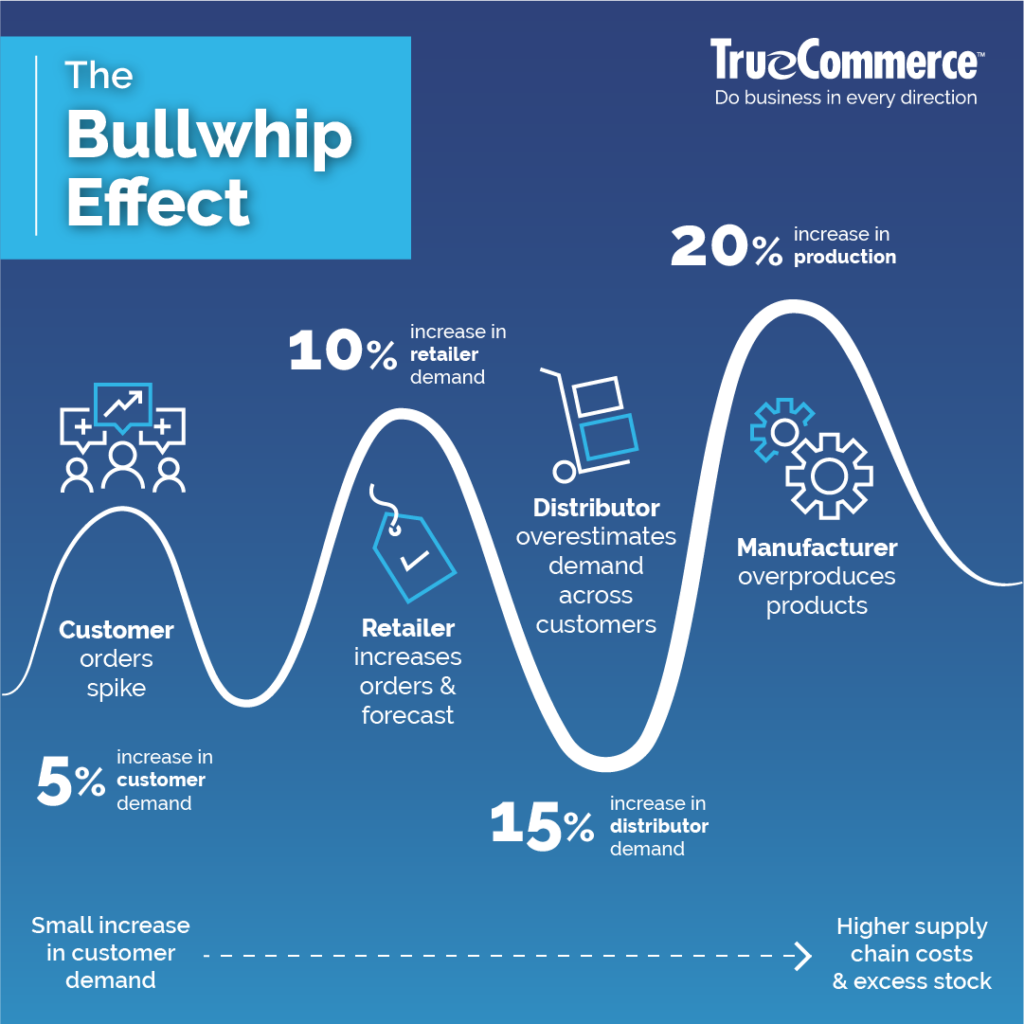
Economic Bellwether UPS Announces Significant Job Cuts Amid Global Economic Strain

UPS’s Declining Package Volume Matters
UPS’s has an integral role in global supply chains and its unique position at the crossroads of commerce. As a leading entity in the transport and logistics sector, UPS’s performance is often reflective of broader economic trends. When businesses and consumers ramp up activities, UPS sees an uptick in package volumes, signaling economic growth and consumer confidence. Conversely, a downturn in UPS’s business, such as a reduction in package volumes or revenue, can signal economic contraction or a looming recession. This sensitivity to the economic climate makes UPS’s operational metrics – from package volume to revenue trends – a barometer for assessing the overall health of the global economy. When a company like this starts slashing jobs – 12,000 to be precise. A staggering figure that’s more than just a number; it’s a harbinger of economic trends, both domestically and internationally. It becomes clear that UPS’s decision is not an isolated event. The company’s package volume has slipped in the last quarter, a seemingly straightforward statement that carries significant weight. This decline is not just a corporate setback; it’s a reflection of broader economic softness, particularly in Europe, which is teetering on the brink of recession.

The Bullwhip Effect in Action
Our analysis then pivots to a crucial concept in economics – the bullwhip effect. This phenomenon, where small fluctuations in demand at the retail level cause progressively larger fluctuations up the supply chain, seems to be playing out in real-time. In the context of UPS, the bullwhip effect can be observed in how these demand changes are amplified up the supply chain. For example, a minor increase in demand could lead UPS to scale up operations, hire more staff, and increase logistics capacity. However, if this demand proves to be short-lived or less than anticipated, UPS may find itself with excess capacity and workforce, leading to inefficiencies and increased costs.

A Deeper Dive: UPS’s Financials and Global Economic Context Delving deeper, we learn that UPS has not only seen a decline in package volume but also in revenue – both internationally and domestically. This isn’t just a company struggling; it’s a reflection of global economic strains. The situation in Europe, particularly Germany, foreshadows potential recessionary trends, raising questions about the economic trajectory of the United States. UPS’s response to these challenges is telling. The company’s job cuts are a reaction to what was initially seen as a temporary surge in demand – a ‘sugar rush’ that led to overhiring. Now, as reality sets in, UPS faces the hard truth: the demand was not sustainable, leading to an inevitable realignment of their workforce.

Looking Ahead: UPS’s Outlook and Broader Implications As we look to the future, UPS’s outlook for 2024 is cautious, with revenue projections reflecting the uncertainty. Moreover, the potential sale of their Coyote truck brokerage business, a highly cyclical entity within UPS, further underscores the volatility they’re facing. This situation has broader implications for employment and inflation. With companies like UPS, representing a significant slice of economic activity, making such drastic changes, there are likely to be ripple effects across the economy. These include potential impacts on the unemployment rate and the overall economic health.
Concluding Thoughts: The Road Ahead for UPS and the Economy In conclusion, the UPS scenario is a microcosm of a larger economic picture. As businesses that serve as economic proxies struggle, it raises questions about the underlying health of the global economy. Despite surface-level indicators like GDP growth or unemployment rates, deeper analysis reveals potential challenges ahead.
